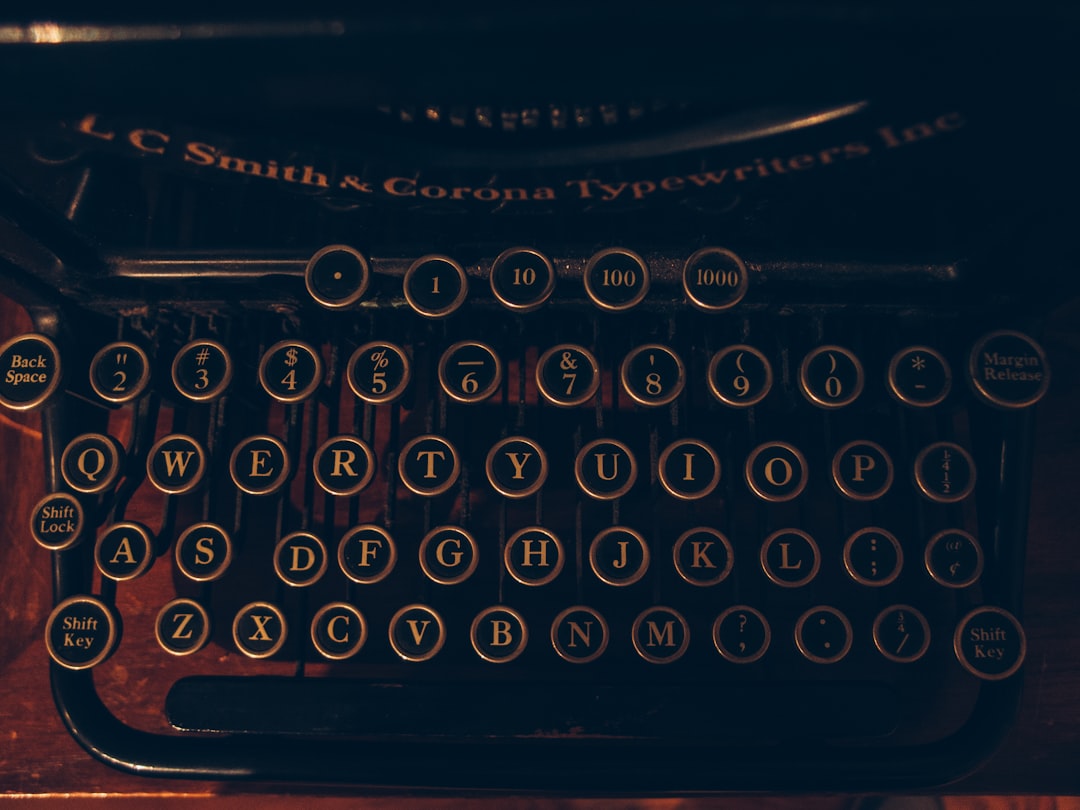What is it about?
The way we show human evolution in museums often reflects cultural ideas about ethnicity and gender more than actual scientific evidence. In this study, we looked at an exhibition in a natural history museum that displayed early humans. We wanted to see how they represented ethnicity and gender, and how that affected what teenagers learned from the exhibition. First, we examined the exhibition to see if it portrayed gender and ethnicity in ways that researchers have noticed before. Then, we watched groups of teenagers exploring the exhibition during a school trip to see how they understood it. What we found was that the exhibition seemed to suggest that humans evolved in a straight line from African ancestors to modern Europeans, which reinforced stereotypes about ethnicity and gender. When the teenagers noticed things related to ethnicity, they tended to accept them as true without question. But when they noticed things related to gender, they were more likely to question and challenge what they saw. These findings suggest that exhibits like these can influence how people think about evolution and reinforce unfair stereotypes. We talk about what this means for designing exhibitions and for teaching evolution in a way that's more inclusive and accurate, and that doesn't promoting sexist or racist ideas.
Featured Image

Photo by Arthur Lambillotte on Unsplash
Why is it important?
Our findings underscore the importance of critically examining how scientific concepts are communicated in educational settings. Ultimately, this can help promote accurate understanding and foster a more inclusive learning environment for all learners.
Perspectives
To me, this paper is important because we tend to put a lot of trust in institutions like museums. An exhibition that promotes outdated ideas about human evolution can create misconceptions. At the same time (and as we argue in the article), it might be a really valuable learning opportunity, because the exhibition can be used to show how science is also a product of its time and culture.
Dr. Marianne Achiam
University of Copenhagen
Read the Original
This page is a summary of: Ethnicity and Gender in Museum Representations of Human Evolution, Science & Education, January 2022, Springer Science + Business Media,
DOI: 10.1007/s11191-021-00314-y.
You can read the full text:
Resources
Contributors
The following have contributed to this page










